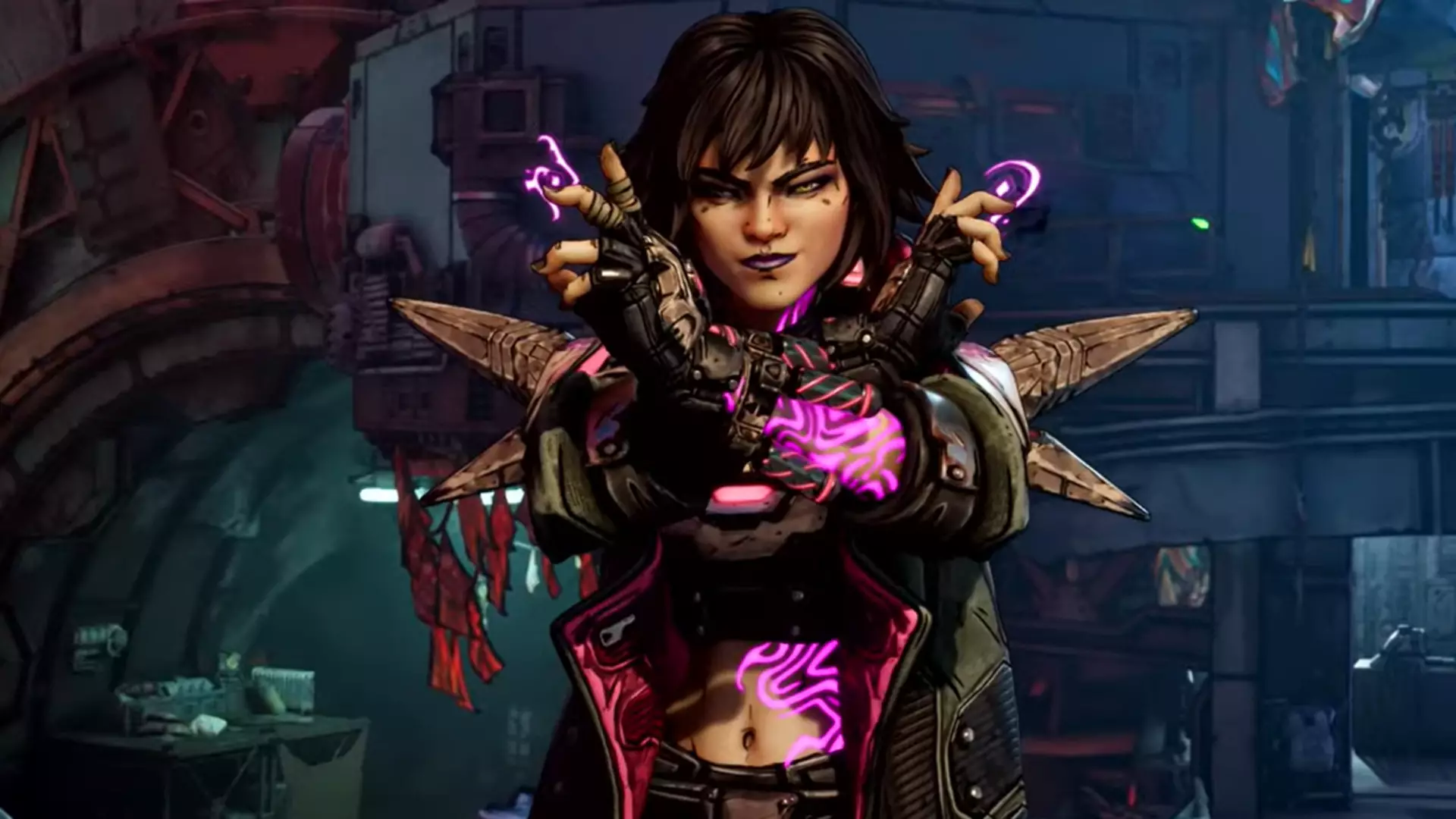In an era where the gaming industry continually breaks financial records, the possibility of Borderlands 4 being priced at $80 has triggered a significant conversation among fans and critics alike. Randy Pitchford, the head of Gearbox Software, made headlines recently by asserting that while the final pricing decision is not solely his, he believes true fans should be prepared to invest in the titles they are passionate about. This statement opens a Pandora’s box concerning the broader implications of such pricing trends in the gaming world.
The gaming landscape has evolved dramatically over the past few decades, with prices adjusting to meet the demands of production quality, marketing, and player expectations. However, it calls into question whether this constant inflation aligns with the value offered to consumers. In Pitchford’s case, he cites personal experiences to advocate for acceptance of high prices, but fails to acknowledge the diverse economic realities faced by today’s gamers.
Inflated Nostalgia: The Starflight Anecdote
Pitchford’s anecdote about buying Starflight for Sega Genesis at $80 back in 1991 serves to bolster his argument but raises some eyebrows. Suggesting that if he could do it back then, players today should likewise “find a way” to afford new games feels disingenuous. For one, the economic context has shifted drastically. What was once a $80 game translates to almost $200 today, fundamentally altering its perceived value. Moreover, Pitchford’s youthful financial circumstances—a minimum wage job at an ice cream parlor—do not necessarily translate to the realities of contemporary gamers dealing with student loans, rent, and rising cost of living.
The crux of this dissonance lies in nostalgia, a potent emotion that can often blur the lines of rationality in consumer behavior. While Starflight may have been a groundbreaking title for its time, it’s essential to recognize that the gaming industry today is not solely about nostalgia; it is a vibrant but complex ecosystem with significant financial tolls on players.
The Implications of “Real Fans”
Pitchford’s implication that only “real fans” would be willing to pay such hefty sums is problematic. It suggests a gatekeeping mentality where loyalty to a franchise might come at a steep financial cost. This not only alienates potential players who cannot stretch their budgets but also reinforces an elitist attitude within the community. Video games should be accessible to a wide array of audiences, and a pricing model that encourages exclusivity defeats the very purpose of creating immersive worlds meant to be shared and enjoyed by all.
One can’t help but wonder if such a narrative is not just a convenient dodge from the realities of corporate decisions. After all, as a CEO, Pitchford’s financial decisions may not hit home as they do for the average consumer. His “just find the money” rhetoric feels less like a heartfelt suggestion and more like a dismissal of real concerns over economic disparity.
Community Reactions and Backlash
The responses to Pitchford’s comments have been nothing short of enlightening. Gamers have expressed bewilderment and frustration, reflecting a widespread sentiment that expects more empathy and understanding from industry leaders. Many feel marginalized by a culture that encourages spending as a litmus test for loyalty. Various social media interactions reveal a keen disdain for the simplistic notion that affluence equates to fandom.
Such backlash is a reminder that the gaming community values inclusivity and shared experiences. Gamers of all backgrounds deserve a fair shot at engaging in their passion without feeling pressured by inflated price tags. The uproar serves as a pivotal moment for discussions about the future of gaming economics and the corporate accountability of industry standard bearers like Pitchford.
Looking Beyond the Price Tag
Ultimately, Pitchford’s comments shine a light on a brewing culture clash within gaming—a struggle between legacy and modernity, quality and accessibility. The debate surrounding an $80 price tag for Borderlands 4 is not merely about dollars and cents; it’s a reflection of how the industry perceives its audience. As consumers become increasingly vocal, the industry must adapt, embracing a more equitable approach to pricing while acknowledging the multifaceted fabric of today’s gaming demographic.
As gamers, we are at a crossroads. It’s crucial now more than ever to demand transparency and fairness, and to advocate for our diverse community, ensuring that the beauty of gaming is preserved for everyone—not just for those who can afford it. In Pitchford’s call to arms for true fans to “find the money,” perhaps the real challenge lies in finding a way to engage in meaningful dialogue that fosters growth, rather than division.


Leave a Reply